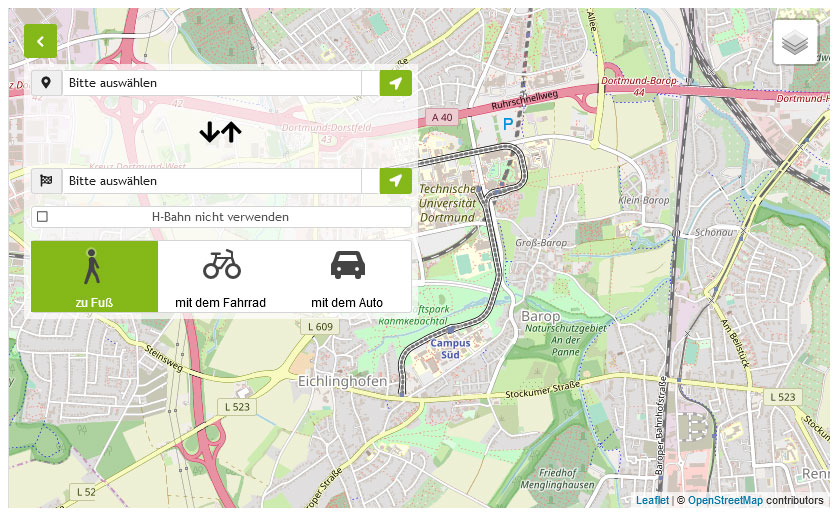P9: TreatDelay
Assessing the impact of treatment delay on treatment effects in gene expression and time-to-event data
In project P9 (Assessing the impact of treatment delay on treatment effects in gene expression and time-to-event data), we will develop statistical methods to assess the efficacy of treatments and to compare these effects across different treatment groups, taking into account that treatments may be delayed, i.e. they start at various times and stages of a disease. We examine the impact of such a delay on the efficacy, considering both, gene expression and time-to-event data.
In (pre-clinical) experiments studying the efficacy of a treatment for a particular disease, usually one or more treatments are given to all subjects of the sample, e.g. mice, in a similar stage of the disease. However, this situation is unrealistic when applied to human research, because in clinical practice, treatments will be initiated at very different stages of the disease, and patients are therefore likely to have different outcomes. Consequently, it is crucial to investigate whether a delay in treatment significantly affects the treatment outcome and, subsequently, the course of the disease.
This research question is motivated by a recent study of Ghallab et al. (2024) focusing on mechanisms of toxicity to specific renal cells. Here, we investigated Cholemic nephropathy (CN), a severe complication of cholestatic conditions, e.g. due to drug-induced liver injury, for which no specific treatment is yet available. Building on this, in an on-going work at IfADo the therapeutic time window is investigated by considering four different groups receiving treatment at 3, 21, 42, and 63 days after induction of cholestasis, representing increasingly severe stages of injury. In each group the same therapy is given, yielding the possibility to assess the therapeutic efficacy in different disease stages. Moreover, vehicle controls (injection of the vehicle of the drug only) are included.
The common approach to compare the treatment efficacy at different disease stages is to measure the outcome of interest at (pre-specified) time points or at different dose levels and, afterwards, to conduct several two-sample comparisons or a multiple-comparisons procedure, see, e.g., Hothorn (2016). The disadvantage of such observation-based approaches is that only measured concentrations or, for time as covariate, specific time points can be included into the analysis. One approach to overcome this issue is to fit a regression model to the data, extrapolating responses over the entire concentration or time range, respectively, an established method that in project P2 in the first phase of the RTG has been transferred from dose-finding trials, see Duda et al. (2022b). Next, such a model can be used to draw further conclusions. For instance, an alert concentration, i.e. a concentration that causes a response significantly exceeding a critical level, can be precisely determined, see Möllenhoff et al. (2023). Further, similar methods, which are currently developed in project P7, help to characterise specific genes as, e.g., so called “rest-and-jump genes”, by investigating the corresponding gene expression curves.
In this project, we will develop statistical methods for the simultaneous comparison of treatment effects, while taking the impact of treatment delay into account. Therefore, we will extend the methodology for comparing gene expression curves derived in project P7 in several directions. First, we will propose appropriate modelling strategies for the respective data, taking into account the start of the treatment as covariate. Second, we will derive statistical tests investigating the treatment effect in dependence of a possible delay. Further, we will apply this methodology to time-to-event data, studying the survival under different treatments and beginnings of therapy, respectively. All methods will be validated by intensive simulation studies and applied to real data provided by IfADo.
References
- Hothorn LA (2016). Statistics in toxicology using R. Chapman and Hall/CRC. doi: 10.1201/b19659
- Ghallab A, González D, Strängberg E, Hofmann U, Myllys M, Hassan R, ..., Duda J, …, Kappenberg F, …, Rahnenführer J, …, Hengstler JG (2024). Inhibition of the renal apical sodium dependent bile acid transporter prevents cholemic nephropathy in mice with obstructive cholestasis. Journal of Hepatology 80(2), 268-281. doi: 10.1016/j.jhep.2023.10.035
- Duda JC, Kappenberg F, Rahnenführer J (2022). Model selection characteristics when using MCP-Mod for dose-response gene expression data. Biometrical Journal, 64(5), 883-897. doi: 10.1002/bimj.202000250
- Möllenhoff K, Schorning K, Kappenberg F (2023). Identifying alert concentrations using a model-based bootstrap approach. Biometrics, 79(3), 2076-2088. doi: 10.1111/biom.13799


